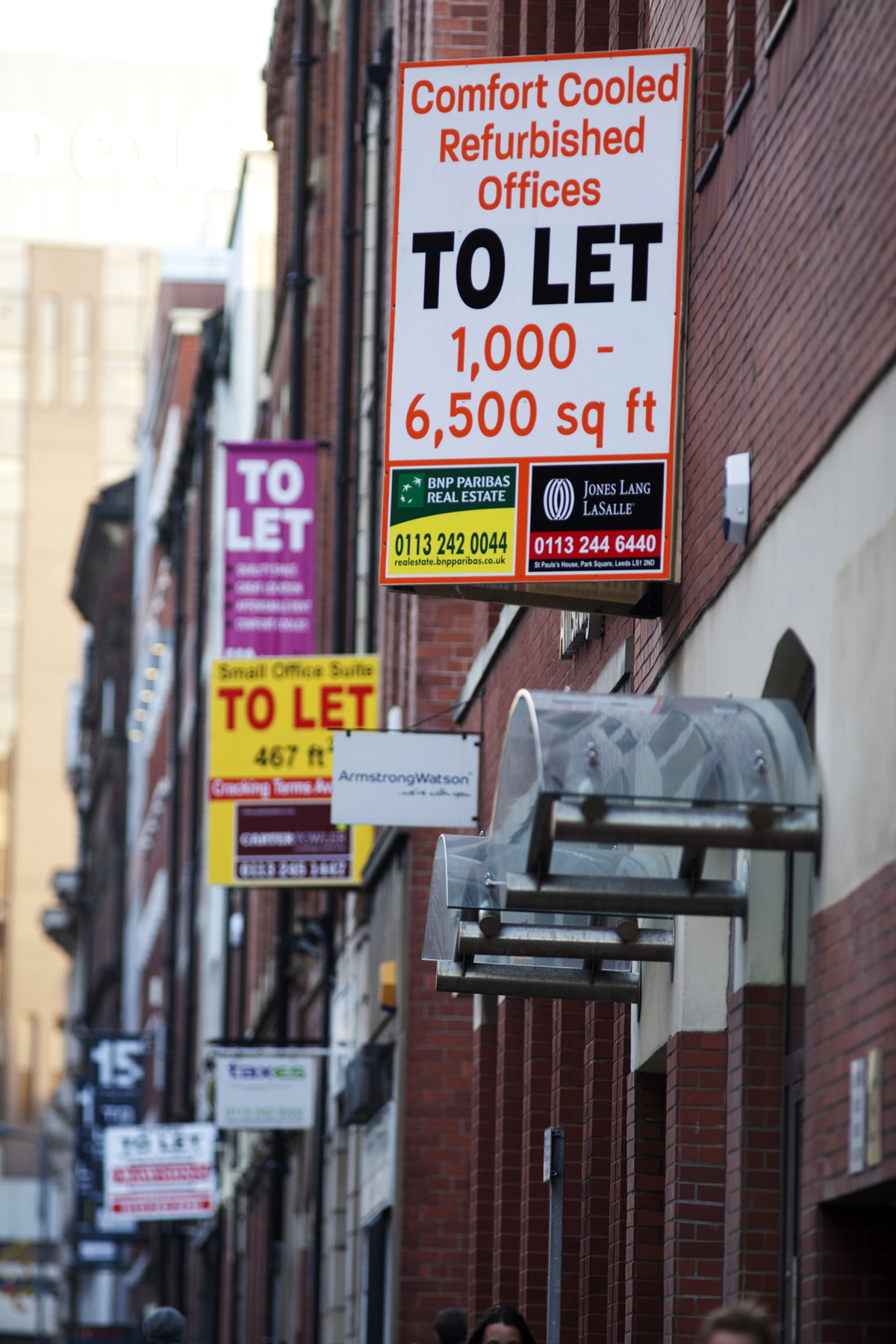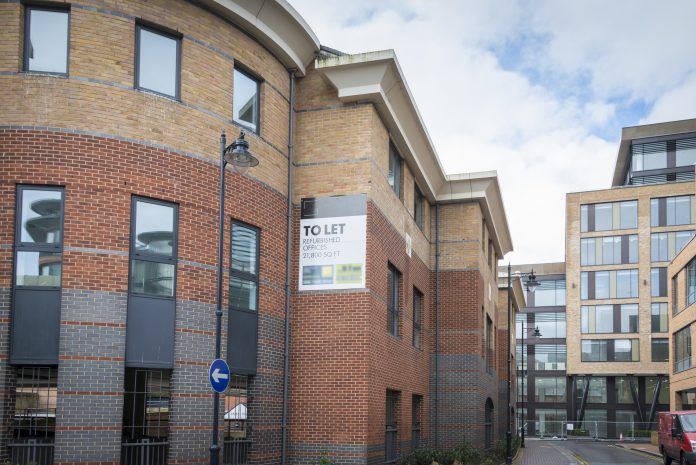What can organisations do to make better use of empty workspaces? PLACEmaking examine how a different approach could change the way we think about shared workspaces
Research has shown that a four-day working week increases productivity, reduces workplace stress and provides a more focused approach to our work. A recent study in New Zealand found that a four-day week increased productivity by 20% and decreased work-related stress from 45% to 38% and increased reported work-life balance from 54% to 78%.
The results in a similar trial conducted by Microsoft Japan saw a reported 40% jump in productivity, and the benefits of a reduced working week extended beyond productive output and environmental impact. A four-day working week was found to reduce electricity use by 24% and printer use by 59%.
Changing expectations
As compressed hours and remote working become more commonplace and Friday becomes the day to work from home, the accepted understanding that office buildings will stand empty overnight and over the weekend has started to expand into the ‘working’ week itself – resulting in office buildings being grossly underused for days at a time. In London alone, the cost of underutilised and empty office space is estimated to be £4 billion annually.
But does it have to be this way? What is the solution?
If we change the way we regard the places where we work and recognise that underutilised office space is not just an unavoidable overhead cost of ‘doing business’, we might then see the opportunity to breathe new life into our business districts.
The concept of the office building as a status symbol is increasingly outdated, and for many of us, it is simply irrelevant whether the place that we work in is the biggest or casts a larger shadow than our sector competitors.
As working remotely becomes more acceptable, we are looking for something different as a workplace. We are looking for somewhere that meets our needs for flexibility and choice. We are looking for somewhere that suits us on a personal level and provides a more inspiring atmosphere for approaching our work creatively and collaboratively. This kind of cultural shift changes our demands for how office buildings should be designed, and the way that they are operated needs to reflect this.
Why not share?
As offices become more adaptable and agile, why not offer access to another organisation – one who would make good use of it – during downtime? If an organisation has consistent utilisation of its premises from Monday to Thursday but little to none from Friday to Sunday, they could look to start opening that space to others during those times. The ‘plug and play’ nature of agile offices means that they can be used by anyone, and this can include those outside just the organisation that owns or leases the property.
If wholesale sharing doesn’t appeal, then an organisation could realise its social responsibility in the way it offers the use of its space during low utilisation periods. Facilities such as office gyms with showers and changing rooms or canteen spaces could be opened up on unoccupied days to those in need, while unused meeting rooms could be made available to local charities or social enterprises to host events, seminars or conferences.
What about collocating?
With increased levels of distributed working, the established perception of the city centre head office is changing. In place of the assumption that the headquarters and centralised workplace are one and the same, a new leaner model is emerging. What we define as a ‘workplace’ is now anywhere we want to work, therefore what organisations regard as their HQ presence is changing.
The traditional idea of a head office – complete with prominent address and an organisation’s name written in big letters outside – is becoming increasingly outdated. In its place is a new, fresher and more economically-efficient solution.
By reducing the scale of ‘owned’ space and having access to shared facilities, collocating with like-minded organisations seeking a more modern approach can enhance an organisation’s brand value. A space where the free sharing of ideas is encouraged and collaboration is fast becoming the norm.
Fostering free interaction across organisational boundaries provides an environment where ideas that may not have been possible in a traditional office building can be created. A casual conversation in the communal café could solve a problem that someone has been stuck on all morning, or a passing greeting in a corridor might help form connections that could assist with future projects. Taking this approach can create a dynamic and attractive culture that aids recruitment – something many businesses have tried but failed to achieve.
Brand benefits
Modern organisations are also recognising the potential to improve brand perception through their use of space. When a venue is acknowledged for attracting forward-thinking businesses of various sizes or sectors – and hosting meaningful and positive business opportunities whilst ditching cliché corporate aesthetics – then the reflected brand value on the occupiers is desirable. Or by using space more effectively and efficiently, a business can be recognised for environmental responsibility.
The changing social attitude to the way we work is not a blip or a temporary anomaly – it is here to stay. There is a renewed focus on what is considered environmentally acceptable behaviour by organisations so the places where we work need to reflect this change – and this needs to be led by those who plan, develop and design these spaces.
Developers, planning authorities and policymakers need to appreciate and embrace the scale and pace of change in what we now expect from where we work and when we work, and the focus on the environmental impact of buildings. Space should no longer sit empty when alternatives are available.
Businesses, in turn, need to adapt their approach to the way they view the ownership of building and space, moving towards a collective brand that provides a collaborative, open space for multiple users and organisations.
Please note: This is a commercial profile











